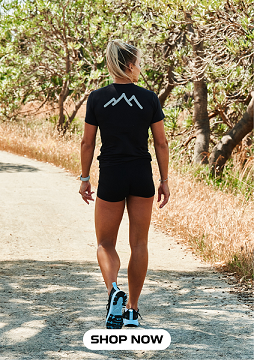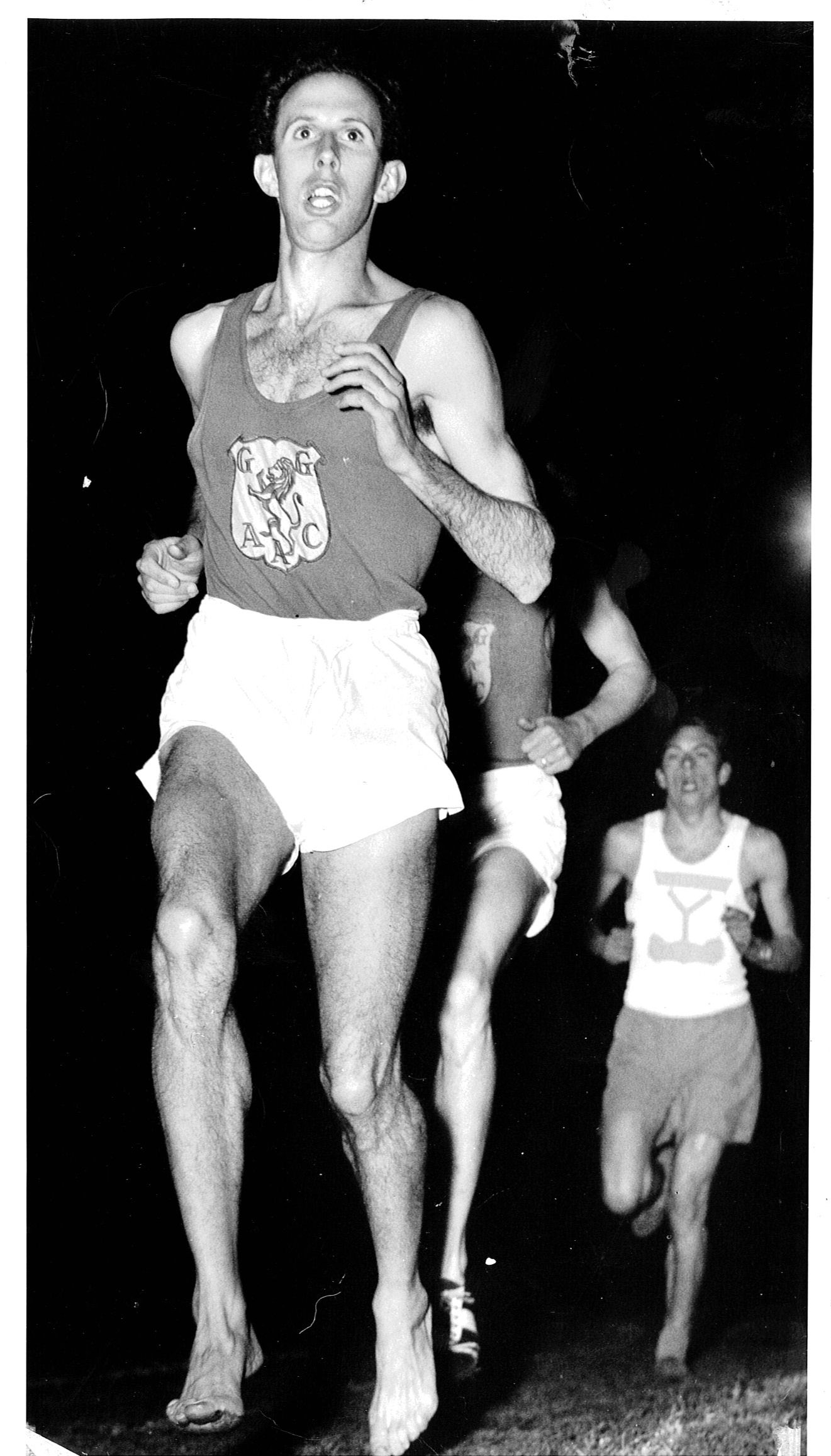Humans have been walking upright for between four and six million years, and have evolved into efficient long-distance walkers and runners. This is due to features such as arched feet, a long Achilles tendon, and the ability to cool through sweating. For most of human history, long-distance travel was done barefoot, although some evidence suggests footwear emerged around 30,000 years ago. However, it wasn’t until the past century that fashionable footwear began to alter the shape of the foot, leading to potential health issues.
Recent studies have shown that running shoes may actually be doing us more harm than good. A new review has suggested that wearing shoes changes the way we run, weakening the foot and increasing the likelihood of sports injuries. In fact, between 35 and 50% of runners are injured at any one time, with the most common injuries being to the knees, shins, ankles, and feet.
The review also explored how humans ran before using shoes and how footwear changes the way we run. Shoes reduce the quality of information being sent to the brain and spinal cord, leading to more blunt running mechanics. Runners who wear shoes tend to land with a more upright body position and an extended leg, leading to excessive braking forces. This running technique can play a role in some of the most common running injuries.

Everyday use of footwear also leads to a weaker foot and often, a collapsed arch. When we start running in shoes, our foot isn’t adapted to cope with these mechanics. However, studies have found that foot muscle size and strength were found to increase after walking in a minimalist shoe. This is because removing the cushioned heel and arch support made the foot’s muscle work harder.
Balance activities are recommended to improve proprioception, which is our awareness of our body’s position and movements. This type of training aims to prevent or repair injuries. Using equipment like a wobble board will create more unstable or less predictable conditions underfoot, which builds lower limb stability and foot strength.
View this post on Instagram
While ditching running shoes may not work for everyone, those interested in giving barefoot running a try should start by walking before they run. A minimalist shoe might be a good first step if walking or running in extreme temperatures or where sharp objects may be common. Although minimalist shoes aren’t the same as being barefoot, the mechanics runners and walkers use in them are very similar to when barefoot – and dramatically different from when wearing traditional running shoes.
It’s important to remember that running injuries can be caused by many factors, such as age, previous injuries, body mass index, and sudden changes in training volume – so shoes may not be solely to blame. However, it is likely that our sedentary lifestyles, combined with less conditioning to move as our ancestors did millions of years ago, may also play a role in these injuries. Therefore, a combination of getting more active, walking or running barefoot more often, and engaging in other conditioning exercises may help prevent further injuries in the future.






























